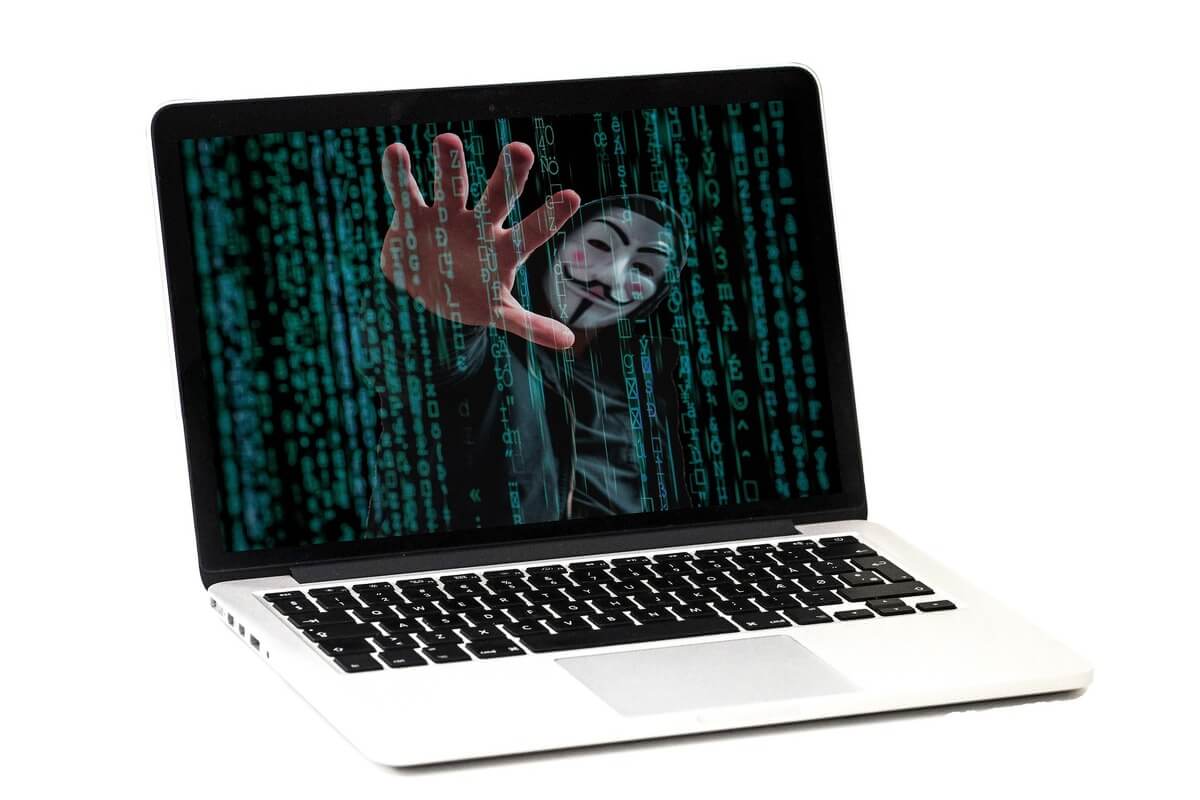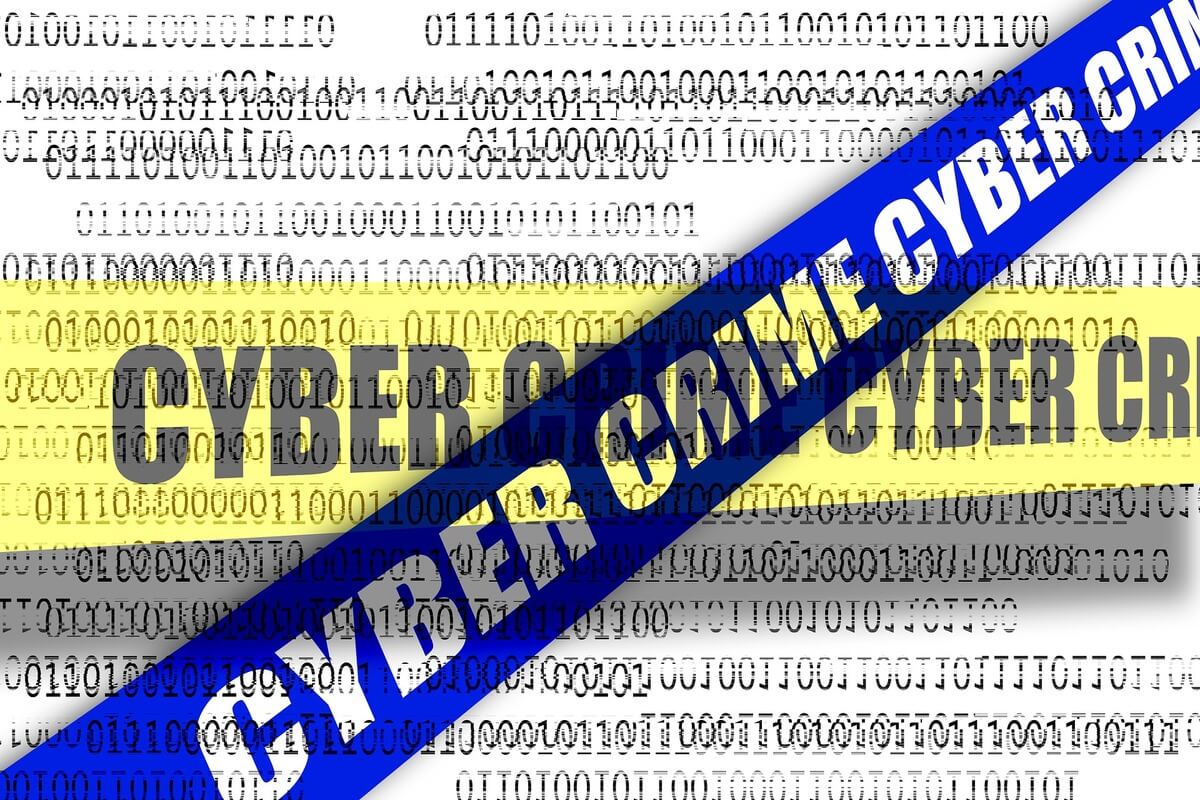What is phishing – definition, types and protection solutions
What is Phishing – Definition, Types and Protection Solutions
In today’s digital age, information security has become a major concern for organizations and individuals alike. One of the most widespread and dangerous types of cyberattacks is phishing. This article provides an overview of phishing, explaining what it is, how it works and, more importantly, how you can protect yourself against this ever-evolving threat.
Phishing Definition – What is Phishing and How It Works
Phishing is a sophisticated form of cyber fraud in which attackers attempt to obtain confidential information from users, such as login credentials, banking details or other sensitive personal information. This attack technique relies on social engineering and psychological manipulation to induce victims to voluntarily reveal the desired information.
A typical phishing attack works like this: attackers create fake messages that appear to come from legitimate and trusted sources, such as banks, social networks, or other well-known organizations. These messages usually contain an urgent call to action, asking the user to update their information or resolve a supposed problem with their account. The user is then directed to a fake website that perfectly mimics the look and feel of the legitimate site. Once on the fake website, the victim is encouraged to enter sensitive information, which ends up directly in the hands of the attackers.

Photo by vicky gharat on Pixabay
The impact of phishing can be devastating for both individuals and organizations. For individuals, the consequences can include identity theft, financial loss, and privacy compromise. For companies, a successful phishing attack can lead to significant financial losses, reputational damage, and even business interruption.
Common Types of Phishing Attacks
There are several common types of phishing attacks, each with its own characteristics:
- Email phishing: The most common form, in which cybercriminals send emails that appear to come from trusted organizations, requesting that personal information be updated.
- Spear phishing: A personalized and targeted attack, in which the victim is studied and then an extremely convincing message is created, referring to specific details from their personal or professional life.
- Smishing (SMS phishing): Involves sending fraudulent text messages that appear to come from legitimate companies, urging users to access malicious links or call fake numbers.
- Vishing (Voice phishing): Victims are contacted by phone by attackers who present themselves as representatives of financial institutions or government agencies, in order to obtain personal information sensitive.
- Social media phishing: Attackers create fake accounts or compromise real accounts to send messages to victims’ contacts, requesting financial help or personal information.
- Whaling: A form of spear phishing that targets high-ranking individuals in an organization, such as CEOs or senior managers, with the goal of obtaining sensitive company information.
How to recognize a phishing email
Recognizing a phishing email is essential to protecting your personal and financial information. Here are some clues that can help you identify a suspicious message:
Check the sender’s address carefully. Attackers often use addresses that mimic legitimate companies, but contain small changes or mistakes. Be wary of messages that create a false sense of urgency, such as “Your account will be blocked in 24 hours if you don’t act immediately!” Look for grammatical and spelling errors. Legitimate companies usually have teams that proofread content before sending it to clients.

Photo by Cliff Hang on Pixabay
Be extremely cautious with emails that ask you to provide sensitive data such as passwords, card numbers, or PIN codes. Legitimate institutions never request such information via email. Avoid clicking on links or opening attachments in suspicious emails. Hover over the link without clicking to see the real URL.
Phishing Protection Methods
To effectively protect yourself against phishing attacks, it is essential to adopt a series of preventive measures and develop solid cybersecurity habits:
- Education and Awareness: Constantly inform yourself about the latest types of phishing attacks and the tactics used by attackers. Participate in cybersecurity courses or seminars to improve your knowledge.
- Carefully check emails and messages: Carefully analyze the sender’s address, the content of the message, and any requests for personal information.
- Manage links and attachments: Do not click on suspicious links and avoid opening attachments from unknown or unexpected senders.
- Use security technologies: Install and keep up-to-date robust antivirus and anti-malware software. Enable your email client’s spam filters.
- Authentication and account security: Enable two-factor authentication (2FA) for all important accounts and use complex and unique passwords for each online account.
- Verify the authenticity of websites: Check for a lock in your browser’s address bar.

Photo by Gerd Altmann on Pixabay
Report phishing attacks to the police and platforms
Promptly report phishing attacks is essential to combat this type of cyber fraud. Here are some ways you can report phishing:
Reporting to the police: Contact your local police station and ask to speak to the cybercrime department. Prepare all available evidence and provide a detailed description of the incident.
Reporting to online platforms: Many platforms offer dedicated mechanisms for reporting phishing, such as the “Report Phishing” option in Gmail or the reporting form on Facebook.
Reporting to CERT-RO: In Romania, the National Cybersecurity Incident Response Center (CERT-RO) plays a crucial role in combating phishing. You can use the online form on their website to report incidents.

Photo by Gerd Altmann on Pixabay
The role of IT and cyber insurance in the context of phishing
In the context of constantly evolving cyber threats, IT and cyber insurance have become an essential tool for managing the risks associated with phishing attacks and other forms of cybercrime.
IT and cyber insurance provides financial protection and support in the event of security incidents, including phishing attacks. This can cover a wide range of costs, such as investigating and remediating security breaches, notifying affected customers, credit monitoring for victims of identity theft, legal and regulatory costs, direct financial losses resulting from fraud, as well as reputational damage and public relations costs.
Integrating IT and cyber insurance into a company’s cybersecurity strategy provides an additional layer of protection and can help minimize the financial impact of a successful phishing attack. For example, if an employee falls victim to a sophisticated phishing attack, resulting in a data breach, the insurance can cover the costs associated with the forensic investigation, notifying affected customers, and potential regulatory fines.
It is important to note that IT and cyber insurance does not replace the need to implement robust security measures and ongoing employee education. In fact, many insurance policies require companies to demonstrate that they have adequate security practices in place as a condition of coverage.
The combination of active prevention (through education, technology, and security policies) and the protection offered by IT and cyber insurance represents a holistic approach to managing the risks associated with phishing and other cyber threats. For a complete risk assessment and implementation of an effective protection strategy, risk management consultancy is recommended.

Photo by Cliff Hang on Pixabay
Phishing remains one of the most widespread and dangerous forms of cyberattack, affecting both individuals and organizations. Understanding how these attacks work, recognizing the warning signs, and implementing robust protection measures are essential to defend yourself against this ever-evolving threat.
Continuous education, vigilance, and adopting solid cybersecurity practices, combined with the support offered by IT and cyber insurance, are the most effective ways to reduce the risk of falling victim to a phishing attack. Stay informed, be cautious and do not hesitate to report any suspicious activity to the competent authorities. Your online security depends largely on the attention and caution you show in the digital environment.
References
1. National Cyber Security Center (NCSC). (2021). Phishing attacks: defending your organization. ncsc.gov.uk/guidance/phishing
2. European Union Agency for Cybersecurity (ENISA). enisa.europa.eu/publications/enisa-threat-landscape-2024

